19 Different Types Of Pedicures: Most Effective Pedicures For Every Occasion
Enhance how your feet look by choosing the right procedure to enhance their health.
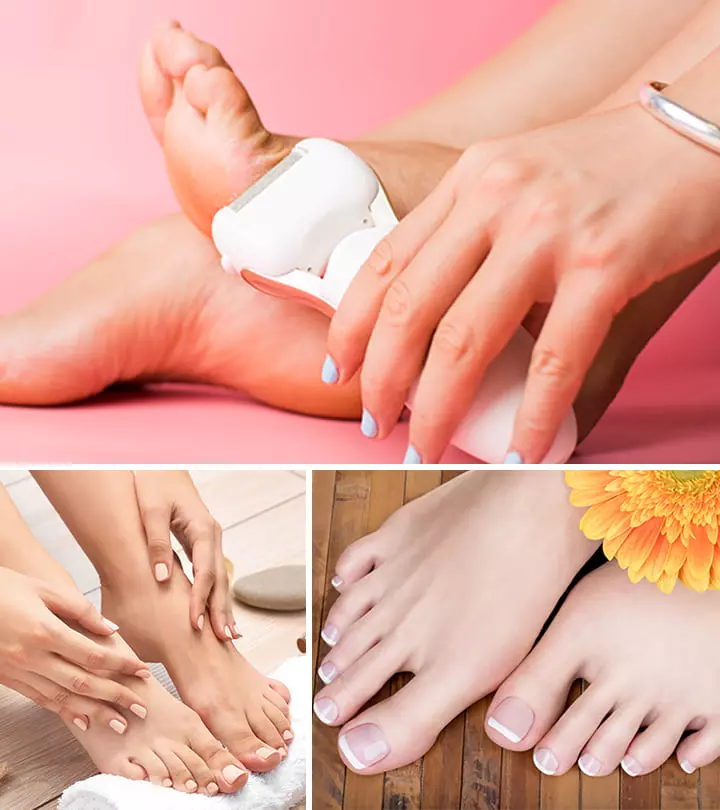
Image: Shutterstock
Pedicure, a cosmetic treatment, is a high-rewarding, low-risk self-care procedure. It is one of the quickest and easiest ways to pamper your feet. There are different types of pedicures to treat dead skin cells and calluses that develop on your feet. The process involves filing, cutting, and shaping the toenails for a well-groomed look.
In this article, you can learn about pedicures from available types of pedicures, their special benefits, and helpful tips for identifying one that suits your needs. We also discuss some popular styles while highlighting how they contribute to your style statement and overall foot health. Keep reading to learn more.
 Did You Know?
Did You Know?In This Article
Benefits Of Pedicures
Before you learn about the different types of pedicures, take a look at why you should get them first. Getting routine pedicure treatments can benefit your feet and overall health in the following ways:
1. Removes Calluses And Dead Skin
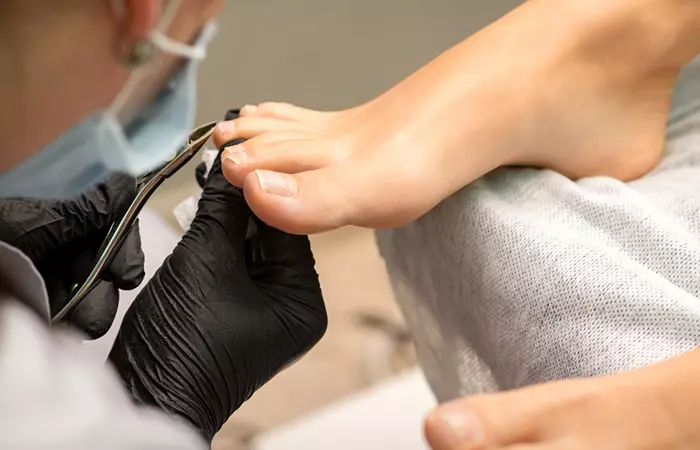
Your feet experience a lot of wear and tear daily. Walking around on them can create calluses and cause other skin conditions like fungal infections. Calluses are also caused by friction from wearing inappropriate shoes that are too tight and restrict blood flow (1).
Many pedicure techniques like warm water soaks, pumice stone rub, and moisturizing may aid callus removal (2). Regular pedicures help maintain foot health by exfoliating dry skin cells and getting rid of rough spots.
Jamie, a blogger, shared her experience of getting pedicures. She writes, “It’s not just the process, which can be very comfortable and nurturing when it’s done by a skillful and gentle nail tech, but it’s also the product. My feet look and feel a gazillion times better when their maintenance is entrusted to a professional (i).”

2. Improves Blood Flow
A thorough pedicure usually involves a foot massage that helps improve blood circulation, reduces tension, and eases foot pain (3).
According to the inpatient survey data, fungal infection is one of the most common issues in the US. Of the 35.5 million inpatient visits in 2018, approximately 666,235 fungal infections were diagnosed. It was further observed that 76.3% of the infections diagnosed were Aspergillus, Pneumocystis, and Candida. Furthermore, another 6.6 million cases were seen during outpatient visits.
3. Prevents Fungal Infections
According to one clinical study published in the Cochrane Database Of Systematic Reviews, around 15% of the population has fungal infections of the foot. Unfortunately, these infections often go unnoticed (4).
Regular pedicures ensure that your feet and nails are clean, thereby preventing fungal infections from reoccurring (5). A fungal infection may be detected during its early stages by a professional manicurist, which would also help in quicker treatment.
4. Improves Sleep Quality

Pedicures usually involve a foot massage and bath, using either special massage machines or the hands. Both these practices can help treat conditions like insomnia, fatigue, and anxiety (6).
Foot reflexology is practiced by specialist pedicurists who apply pressure on certain points on the foot to provide relief. It may improve sleep quality and is especially effective for elderly patients (7).
5. Boosts Mental Well-Being
Frequent pedicures can help enhance mental health by providing relaxation and stress relief. The pampering experience promotes a sense of well-being and the smooth aesthetics can further improve the mood. Moreover, the routine of scheduling time for yourself fosters a positive mindset, allowing you to unwind and recharge (8).
With these advantages, it is clear that a pedicure goes beyond giving you pretty feet. Next, let’s explore the different pedicures available for you to choose from.
Key Takeaways
- Regular pedicure treatments can help your feet health by removing calluses and dead skin, boosting blood flow, and reducing fungal infections.
- A classic pedicure is the most well-known and popular pedicure. It is designed for folks who want a quick, low-cost, no-hassle treatment.
- A gel pedicure employs UV light technology to give long-lasting nail color. It is more pricey than a standard pedicure, but the core stages are the same.
- A paraffin pedicure involves the application of a paraffin wax bath to the feet to reduce pain. It is a great way to enhance circulation and relax your muscles.
Different Types Of Pedicures
Whether you are looking for basic upkeep or luxurious treatments, you can find various types of pedicures to suit your needs and preferences. Here are some of the most popular ones:
1. Classic Or Basic Pedicure
A classic or basic pedicure is the most commonly known pedicure and the one that is most frequently opted for.
It involves no fancy pedicure procedures and is intended for those who want a quick, affordable, no-fuss foot treatment or a foot spa at home.
A classic pedicure begins with a warm water soak, followed by clipping, filing, and shaping the toenails. Once your nails are properly cleaned and buffed, your feet are treated to a foot massage. The pedicure ends with the application of your choice of nail polish.
Best For
Anyone who wants a simple, routine treatment to maintain healthy nails and feet.
 Trivia
Trivia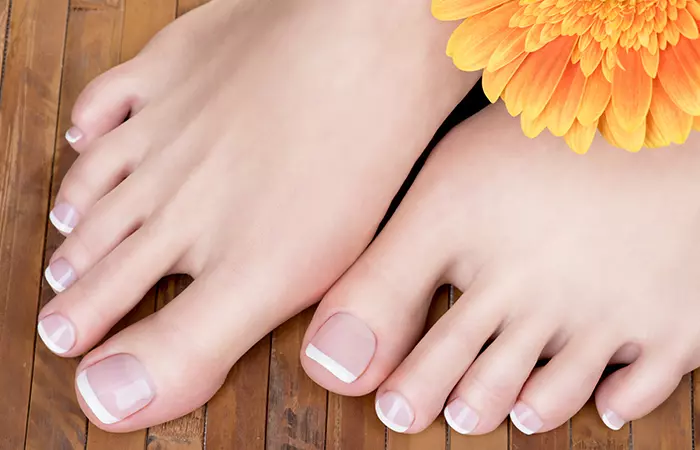
2. French Pedicure
Many people are curious about how to do a French pedicure. A French pedicure uses the same fundamental approach as a classic pedicure, but it has one distinctive feature—the application of nail polish. It concludes with the application of a thin white band at the tip of the nail. The base of the nail is usually painted with either a sheer nude or pink polish.
Best For
Those who want a neat and polished look for special occasions or professional settings.
3. Gel Pedicure
A gel pedicure makes use of UV light technology to provide long-lasting nail color. It is more expensive than a regular pedicure but involves the same basic steps.
Once the nails are cleaned, cut, and filed, they are topped with gel polishes in 3 layers – base coat, color, and top coat. Every layer is accompanied by curing under an LED light. A gel-based polish is more durable and remains chip-free for longer. The results can last anywhere from 2 to 4 weeks.
However, don’t overdo it. According to Dr. Anna Chacon, MD, FAAD, a board-certified dermatologist, “Gel manicures can cause nail brittleness, peeling, and cracking, and continuous usage can raise the risk of skin cancer and premature hand skin aging.”
Best For
Busy individuals looking for long-lasting results with a high-shine finish.
4. Paraffin Pedicure
A paraffin pedicure involves the use of a paraffin wax bath to relieve pain in the feet. It is an effective remedy to improve circulation and promote relaxation. It can also be used to treat conditions like arthritis, joint fitness, and active motion (9). Moreover, the wax helps moisturize the skin and promotes foot care.
Dr. Chacon says, “People with really dry feet can frequently benefit from a paraffin pedicure because it is considered to be incredibly hydrating.”
Here’s how a paraffin pedicure is done:
- The procedure begins with the application of warm paraffin wax to the skin. Some nail salon services dip your feet in liquid paraffin wax a few times before wrapping them in plastic or a towel.
- The wax is then left to cool and finally removed with a soft tissue.
- Moisturizer is applied to your feet.
- The pedicure ends with the application of nail polish.
Best For
Anyone seeking extra relaxation for foot pain or with dry or cracked skin.
5. Pedicure With Hot Stones
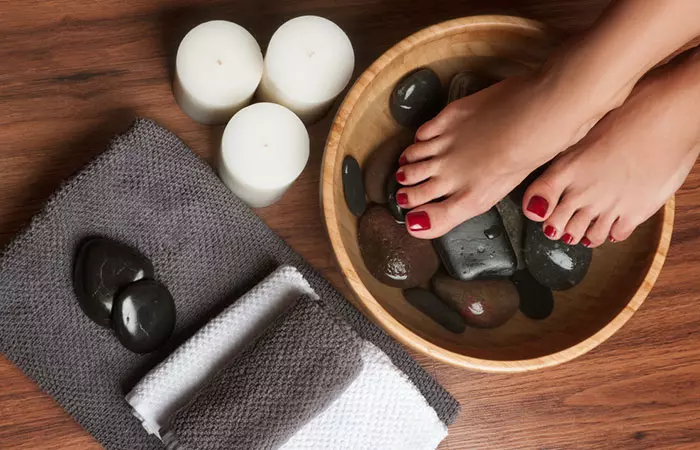
Hot stone pedicure, as the name suggests, uses hot stones to provide pain relief and relaxation. It works on the same principle as hot stone massage, which is an effective therapy for sleep issues. A study published in the Journal Of Research In Medical Sciences explored how hot stone massage therapy may improve sleep quality in patients undergoing regular hemodialysis who often struggle with sleep due to certain conditions like depression or anxiety. Sixty patients were randomly divided into two groups – one received stone massage therapy, while the other received standard care. Results showed that the group receiving the massage experienced a significant improvement in sleep, while the control group’s sleep quality worsened (10).
The steps of this pedicure treatment are as follows:
- First, your feet are soaked and cleaned, and your nails are cut.
- Heated flat stones, such as basalt rocks, are placed on top of and underneath the feet. The heat from the rocks relaxes the muscles and stimulates the pressure points on your feet.
- The hot stones are usually applied for 10-30 minutes.
- Then, your feet are massaged with oils.
- Finally, nail polish is applied to end the procedure.
Best For
Anyone in need of relaxation and stress relief.
6. Fish Pedicure
If you are looking for types of pedicures that offer a unique experience, this should be on your list. A fish pedicure, or ichthyotherapy, involves the standard procedure of soaking the feet in a basin or pool, which is filled with fish. The fish used in the pedicure, Garra rufa, eat the dead skin off your feet, resulting in smoother feet and cuticles.
This type of pedicure has many skin care benefits, such as the reduction of psoriasis. However, more studies need to be conducted to conclude the complete efficacy of ichthyotherapy for psoriasis treatment (11).
A fish pedicure can be a novel experience. However, it also carries the risk of infections and certain diseases, as the water and fish are often reused for multiple clients. While water disinfection could help, it is not always effective since disinfectants can harm the fish, and most filters do not remove all harmful microorganisms. Case reports have linked fish pedicures to infections like cellulitis, especially in individuals with underlying conditions such as diabetes or weak immunity. There is also a risk of bloodborne pathogens like hepatitis B or HIV being transmitted, though no cases have been reported (11).
Best For
Anyone looking for a unique experience to exfoliate and soften their feet.
 Trivia
Trivia7. Mini Pedicure
A mini pedicure is just like a basic pedicure but focuses mainly on the toes. It does not include a massage or sole care. It just involves a quick soak, followed by nail shaping and a coat of polish.
A mini pedicure is designed mainly for people who are regular with taking care of their feet and need a quick touch-up between regular pedicures.
Best For
Anyone who is on the go and needs a quick touch-up.
8. Spa Pedicure
A spa pedicure is an upgrade to a classic pedicure. Also known as a deluxe pedicure, it adds specialized treatments like paraffin wax dip, mud masks, or seaweed treatment to the standard process. This special spa treatment is also more expensive and may include special oils formulated for specific skin types or skin concerns.
Best For
Anyone seeking thorough and luxurious spa treatments.
9. Ice Cream Pedicure
The curiously named ice cream pedicure does not make use of real ice cream on the feet. However, it does use a bath ball shaped like an ice cream scoop.
The ice cream balls usually contain a mixture of coconut, olive, or jojoba oils, which have distinctive moisturizing and skin care properties. These oils are rich in essential fatty acids, antioxidants, and vitamins that help nourish the skin, making it soft and hydrated. They also help maintain the skin barrier by providing a protective layer that locks in moisture, preventing dryness and irritation (12). The foot scrubs used in an ice cream pedicure post-soak also typically come in delicious scents like chocolate, vanilla, or strawberry.
Best For
Anyone looking for a unique, luxurious, and nourishing treatment for their feet.
10. Margarita Pedicure
The delicious-sounding margarita pedicure involves soaking the feet in a mixture of salt scrub, fresh lime juice, and massage oil. Lime slices may also be rubbed on the soles and calves for exfoliation. A margarita-scented sugar scrub and a lime-scented moisturizer conclude this zesty treatment.
Limes are high in antioxidants and vitamin C and provide excellent benefits through oral intake and topical application (13). Vitamin C is known for treating aging skin, sun damage, and pigmentation. It is a powerful antioxidant that helps neutralize free radicals, unstable molecules that can damage skin cells and accelerate the aging process. Vitamin C helps maintain skin elasticity and firmness, reducing the appearance of fine lines and wrinkles, by promoting collagen production. Additionally, it inhibits the production of melanin that helps brighten the skin and reduce hyperpigmentation or dark spots caused by sun exposure (14).
Best For
Anyone looking for a nourishing treatment for their feet.
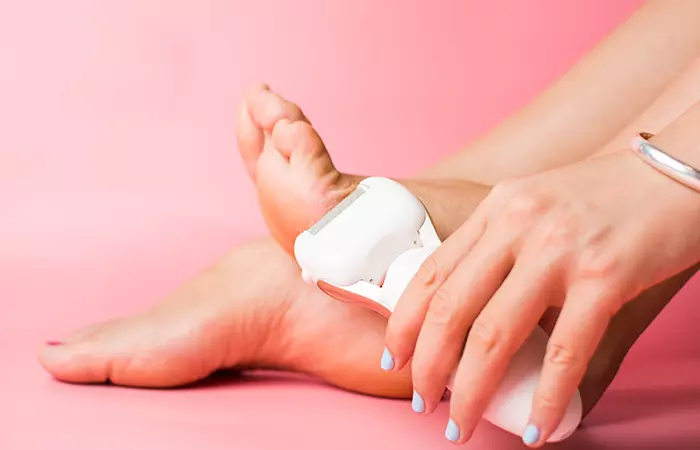
11. Waterless Pedicure
A waterless pedicure is an eco-conscious treatment that is performed without soaking your feet in water. The other steps in the pedicure follow the same pattern as a regular pedicure. The callus smoothing, nail shaping, and cuticle cleaning steps are performed with an electric file.
A waterless pedicure promotes nail care and is often considered more efficient as it does not cause your nails to expand, like in a traditional pedicure. This ensures that the nails are fully dry when nail polish is applied.
Best For
Anyone who is environmentally conscious.
12. Salt Pedicure
A salt pedicure makes use of a water bath filled with salt as the first step. The salt used may differ and include sea salt, Himalayan salt, or Epsom salt.
A saltwater bath may treat many medical conditions, relieve muscle pain, and improve circulation (15). A magnesium-rich saltwater bath may also enhance skin hydration and reduce inflammation in dry skin (16).
Best For
Anyone who is looking for deep exfoliation and pain relief.
13. Chocolate Pedicure
The exact steps involved in a chocolate pedicure may differ from place to place. However, in general, a chocolate pedicure follows these steps:
- The beauty treatment begins with soaking the feet in warm chocolate.
- Then, the feet are scrubbed down with a chocolate scrub.
- The feet are moisturized with a cocoa butter-based lotion.
- Nail polish of your choice is applied.
Many studies indicate the protective benefits of the topical application of cocoa. Cocoa has a positive effect on skin elasticity, tone, and collagen production. In addition, it may prevent UV-induced wrinkle formation (17). These benefits can be derived from the direct application of chocolate or using products fortified with cocoa extracts.
Best For
Chocolate lovers looking for a nourishing and protective treatment.
14. Athletic Or Sports Pedicure
An athletic pedicure is designed specifically to treat the feet of athletes. Running and intensive sports can damage an athlete’s feet, which require extra care to be restored to their former glory.
An athletic pedicure is a specialized treatment that focuses on resolving muscle tension by massaging the soles and providing comfort to overused feet. Additionally, the foot massage in a sports pedicure is focused on relieving pressure points and restoring blood flow to the feet.
Best For
Athletes or active individuals.
15. Rose Pedicure
A rose pedicure may involve rose petal extract and rose-based skin care products such as moisturizers and oils. The pedicure usually begins with a soak in a rose petal-filled bath, followed by exfoliation with a rose petal scrub.
Rose petal extract has anti‐inflammatory and antioxidant properties that help fight skin damage (18). Besides, rose oil has been scientifically proven to induce psychological relaxation. The smell of roses also has a relaxing effect and can act as a sleeping aid (19).
Best For
Anyone who enjoys floral-scented pedicures and is looking for a nourishing and relaxing experience.
16. Milk And Honey Pedicure
A milk and honey pedicure uses the natural moisturizing properties of milk and honey to treat the feet. In cosmetic formulations, honey offers emollient, humectant, and soothing effects. It keeps the skin protected from wrinkles, aging, and infections (20). Milk, especially the camel type, contains a compound called lanolin, a natural moisturizer, often used in cosmetic formulations to ensure skin hydration (21).
The pedicure begins with a warm milk-infused bath, followed by a sugar scrub exfoliation. A milk and honey mask is also applied to your feet to seal in moisture.
Best For
Anyone who has dry skin or needs a hydrating treatment.
17. Wine Pedicure
Many people ask how to pedicure at home. While there is no one way to go about it, here is a pedicure that will surely make your feet happy! A wine pedicure involves soaking the feet in wine rather than water. This type of pedicure is especially great for people looking specifically for an anti-aging treatment for their feet.
The phytoalexin antioxidant called resveratrol found in red grape wine is a useful antioxidant and anti-inflammatory compound for the skin. It may help combat free radicals that contribute to the aging process and damage skin cells (22). Additionally, the natural acids like lactic acid in wine may help exfoliate the feet, softening rough patches and calluses (23). Red and white wine extracts also have skin and tissue regenerative properties that can heal cracked heels (24).
Best For
Anyone looking for an antioxidant-rich, anti-aging treatment.
18. Shanghai Pedicure
The Shanghai pedicure originated in the Mandarin Oriental Hotel in Hong Kong. This 50-minute procedure involves soaking your feet in warm water, followed by scalpels to remove dead skin, calluses, and ingrown nails. Master technicians use specially made metal blades to remove rough skin from the feet.
Best For
Anyone looking for a cultural experience.
19. Shellac Pedicure
A shellac pedicure is a customized nail treatment that combines the longevity of gel polish with the convenience of normal polish. The procedure begins with cleaning and shaping your nails. Then, in stages, a base coat, color, and top coat of shellac polish are applied and cured under a UV or LED lamp. This results in a long-lasting, glossy surface that will not chip for weeks. The biggest plus of this pedicure is that there is no drying period – you can walk out immediately after it is done. With a shellac pedicure, you can show off your flawlessly manicured toes without having to worry about maintaining it for weeks.
Best For
Anyone who wants a quick, low-maintenance pedicure with long-lasting results.
Infographic: Pedicure Precautions You Must Take
Getting a pedicure will help clean your feet and groom them the right way. From improving blood circulation to preventing fungal infections, a pedicure has many benefits. However, it may lead to fungal infections and other issues if not done correctly.
Check out the infographic below to learn what precautions you need to take before getting a pedicure done.
Some thing wrong with infographic shortcode. please verify shortcode syntax
A pedicure is a treatment that is used to cleanse and groom feet and toenails. In this treatment, the dead skin cells on the bottom of the feet are scraped away. This technique also massages the foot muscles, which relaxes them. The nails are then shaped to the desired length and shape. It is a fantastic way to relax after a busy week. Also, it allows you to add a touch of nail art to help you get pretty-looking nails. Most follow lengthy skincare routines but neglect to pay attention to their feet. So, getting a pedicure every few weeks is a terrific way to keep them in good shape. There are also different types of pedicures to choose from according to your needs. Choose a pedicure from the options above to start treating yourself for the week. Your tired feet will appreciate it!
Frequently Asked Questions
Why do they hit your legs during a pedicure?
“They do it to encourage circulation. During a pedicure, both feet and lower legs are massaged. The massage aids in the flow of your blood,” says Dr. Chacon.
What should you not do before a pedicure?
According to Dr. Chacon, “You should not shave your legs before getting a pedicure. Shaving causes nicks in the skin and raises the risk of infection.”
How often should pedicures be done?
Dr. Chacon recommends waiting two to three weeks between pedicures to maintain your nails in good health.
Are dry pedicures better?
Dry pedicures may be a better option as they are eco-friendly and time-saving. And the best part is, you do not need to soak your feet in communal pedicure tubs and invite infections.
Should I trim my toenails before a pedicure?
No, it is not mandatory to trim toenails before a pedicure. Trimming toenails comes as a part of the pedicure package and is done correctly with the right tools.
Learn how to give yourself a classic pedicure with this easy tutorial. Watch the video for step-by-step instructions to get your feet looking and feeling great. Click play to check out the video now!
Personal Experience: Source
StyleCraze's articles are interwoven with authentic personal narratives that provide depth and resonance to our content. Below are the sources of the personal accounts referenced in this article.
i. Pedicures
https://jamiewalkerball.com/2011/02/18/pedicures/
References
Articles on StyleCraze are backed by verified information from peer-reviewed and academic research papers, reputed organizations, research institutions, and medical associations to ensure accuracy and relevance. Read our editorial policy to learn more.
- Callosities, corns, and calluses
https://www.researchgate.net/publication/14554665_Callosities_corns_and_calluses - Finding relief from calluses and corns
https://www.health.harvard.edu/pain/finding-relief-from-calluses-and-corns - Revisiting reflexology: Concept, evidence, current practice, and practitioner training
https://www.ncbi.nlm.nih.gov/pmc/articles/PMC4624523/ - Oral treatments for fungal infections of the skin of the foot
https://pubmed.ncbi.nlm.nih.gov/12076488/ - Fungal Nail Infections
https://www.cdc.gov/fungal/nail-infections.html - Effect of Foot Reflexology Intervention on Depression, Anxiety, and Sleep Quality in Adults: A Meta-Analysis and Metaregression of Randomized Controlled Trials
https://www.hindawi.com/journals/ecam/2025/2654353/ - Comparing the Effects of Reflexology and Footbath on Sleep Quality in the Elderly: A Controlled Clinical Trial
https://www.ncbi.nlm.nih.gov/pmc/articles/PMC4698132/ - Salon nail care with superficial self-disclosure vitalizes psychological state
https://pmc.ncbi.nlm.nih.gov/articles/PMC10548882/ - Efficacy of Paraffin Wax Bath with and without Joint Mobilization Techniques in Rehabilitation of post-Traumatic stiff hand
https://www.ncbi.nlm.nih.gov/pmc/articles/PMC3809244/#B4 - Impact of hot stone massage therapy on sleep quality in patients on maintenance hemodialysis: A randomized controlled trial
https://www.ncbi.nlm.nih.gov/pmc/articles/PMC6734672/ - Fish Pedicure: Review of Its Current Dermatology Applications
https://www.ncbi.nlm.nih.gov/pmc/articles/PMC7398691/ - Natural Oils for Skin-Barrier Repair: Ancient Compounds Now Backed by Modern Science
https://pubmed.ncbi.nlm.nih.gov/28707186/ - Effects of Citrus Fruit Juices and Their Bioactive Components on Inflammation and Immunity: A Narrative Review
https://pmc.ncbi.nlm.nih.gov/articles/PMC8264544/ - Vitamin C in dermatology
https://www.ncbi.nlm.nih.gov/pmc/articles/PMC3673383/ - Evaluation of the efficacy of warm salt water foot-bath on patients with painful diabetic peripheral neuropathy: A randomized clinical trial
https://pubmed.ncbi.nlm.nih.gov/32147053/ - Bathing in a magnesium-rich Dead Sea salt solution improves skin barrier function, enhances skin hydration, and reduces inflammation in atopic dry skin
https://pubmed.ncbi.nlm.nih.gov/15689218/ - Cocoa Bioactive Compounds: Significance and Potential for the Maintenance of Skin Health
https://www.ncbi.nlm.nih.gov/pmc/articles/PMC4145303/ - Skin anti‐inflammatory activity of rose petal extract (Rosa gallica) through reduction of MAPK signaling pathway
https://www.ncbi.nlm.nih.gov/pmc/articles/PMC6261181/ - Therapeutic efficacy of rose oil: A comprehensive review of clinical evidence
https://www.ncbi.nlm.nih.gov/pmc/articles/PMC5511972 - Honey in dermatology and skin care: a review
https://pubmed.ncbi.nlm.nih.gov/24305429/ - Potential Application of Camel Milk as a Therapeutic Ingredient in Bath Soaps and Shampoos
https://pmc.ncbi.nlm.nih.gov/articles/PMC11364480/ - The Grape Antioxidant Resveratrol for Skin Disorders: Promise, Prospects, and Challenges
https://www.ncbi.nlm.nih.gov/pmc/articles/PMC3060966/ - Chemical Peels for Skin Resurfacing
https://www.ncbi.nlm.nih.gov/books/NBK547752/ - Identifying a Role of Red and White Wine Extracts in Counteracting Skin Aging: Effects of Antioxidants on Fibroblast Behavior
https://www.researchgate.net/publication/349014266_Identifying_a_Role_of_Red_and_White_Wine_Extracts_in_Counteracting_Skin_Aging_Effects_of_Antioxidants_on_Fibroblast_Behavior
Read full bio of Dr. CP Thajudheen
- Dr. Anna Chacon, MD, FAAD, is a double board-certified dermatologist with over 7 years of experience. She has authored many peer-reviewed articles and managed clinical research studies during her fellowship. She completed her medical school in the PLME (Program of Liberal Medical Education) at Brown University.
 Dr. Anna Chacon, MD, FAAD, is a double board-certified dermatologist with over 7 years of experience. She has authored many peer-reviewed articles and managed clinical research studies during her fellowship. She completed her medical school in the PLME (Program of Liberal Medical Education) at Brown University.
Dr. Anna Chacon, MD, FAAD, is a double board-certified dermatologist with over 7 years of experience. She has authored many peer-reviewed articles and managed clinical research studies during her fellowship. She completed her medical school in the PLME (Program of Liberal Medical Education) at Brown University.
Read full bio of Arshiya Syeda
Read full bio of Ramona Sinha
Read full bio of Monomita Chakraborty







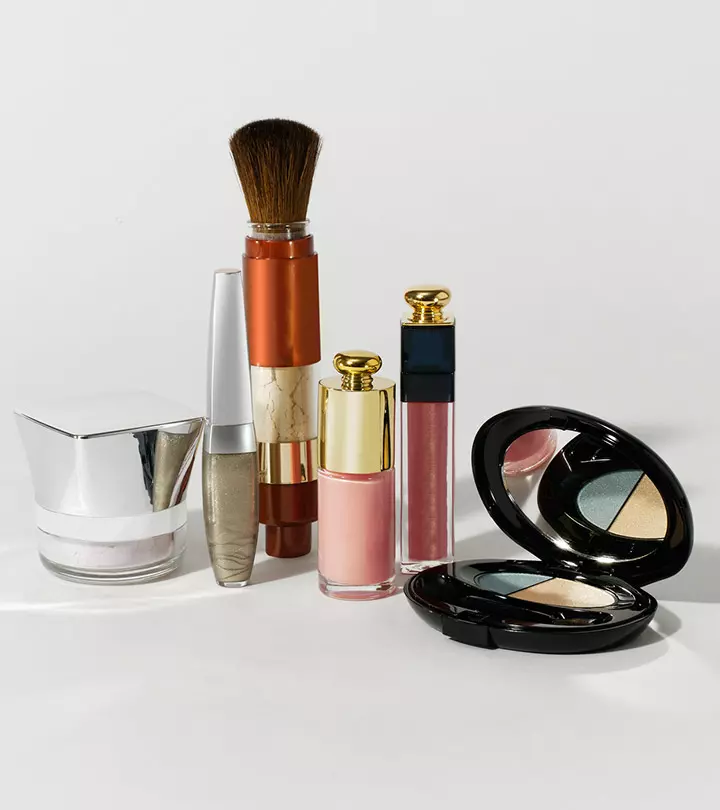
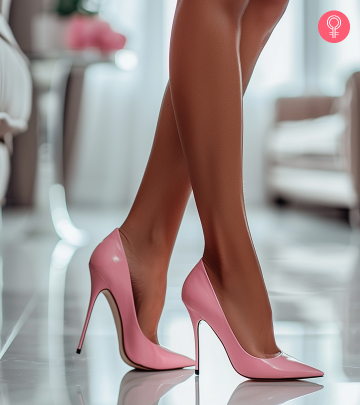
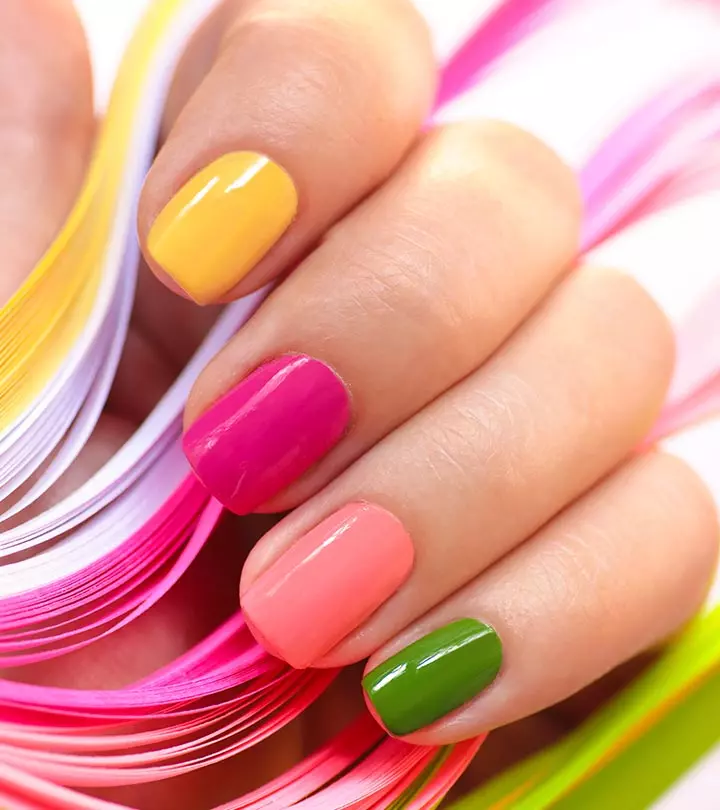
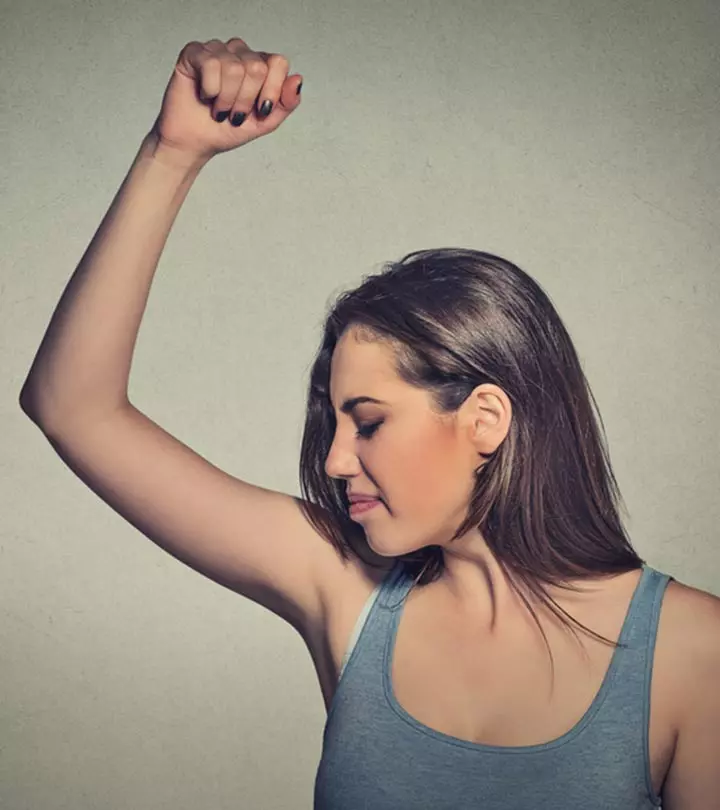


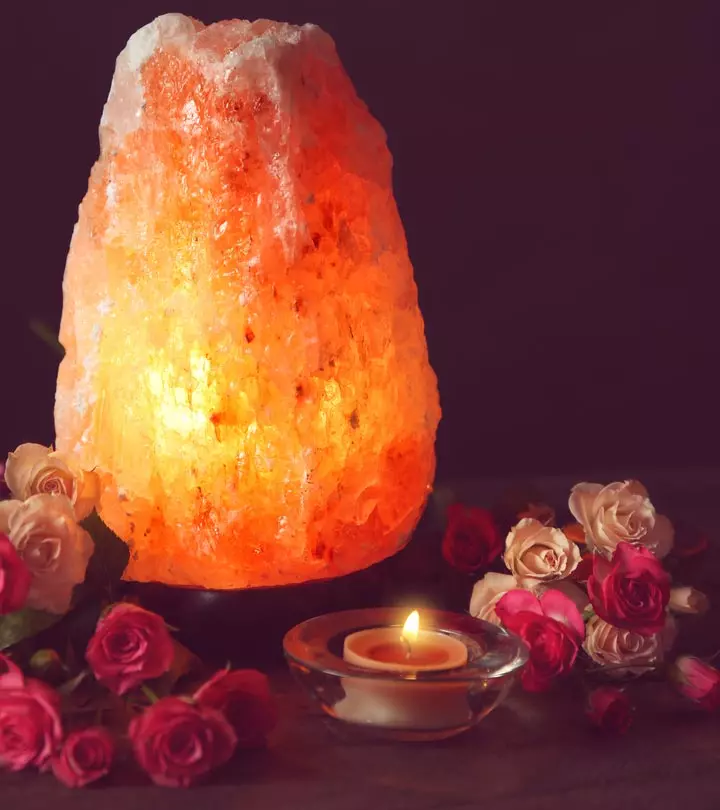
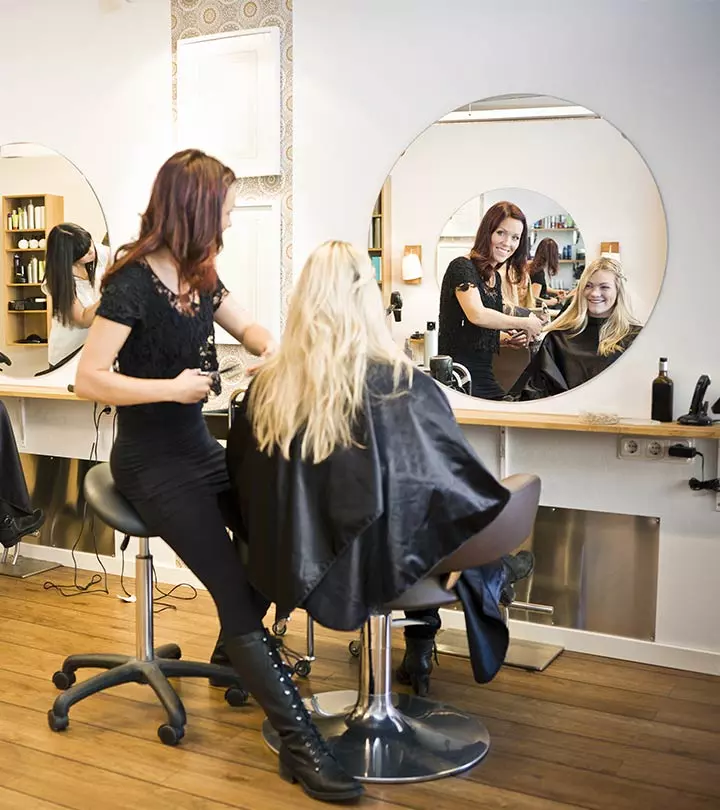
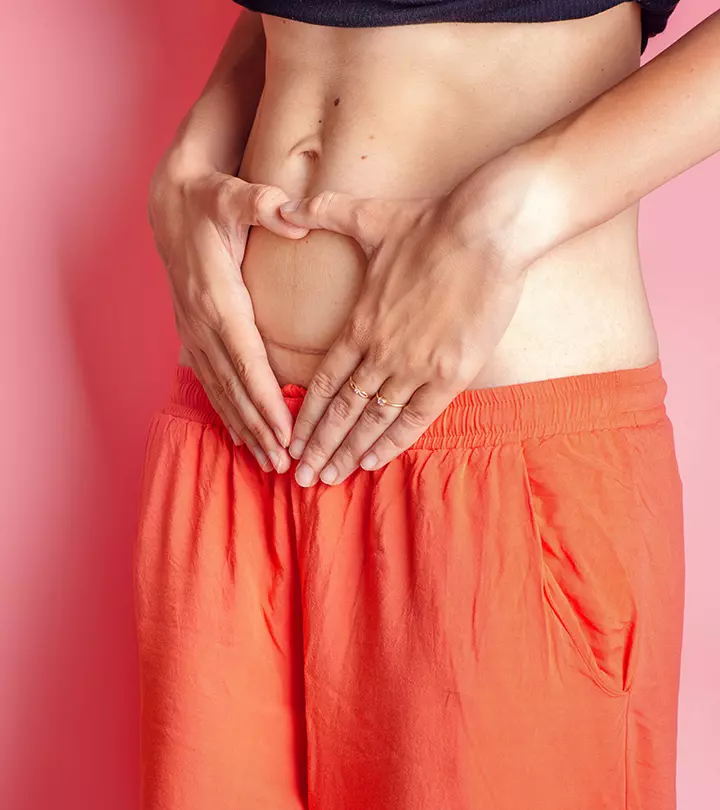
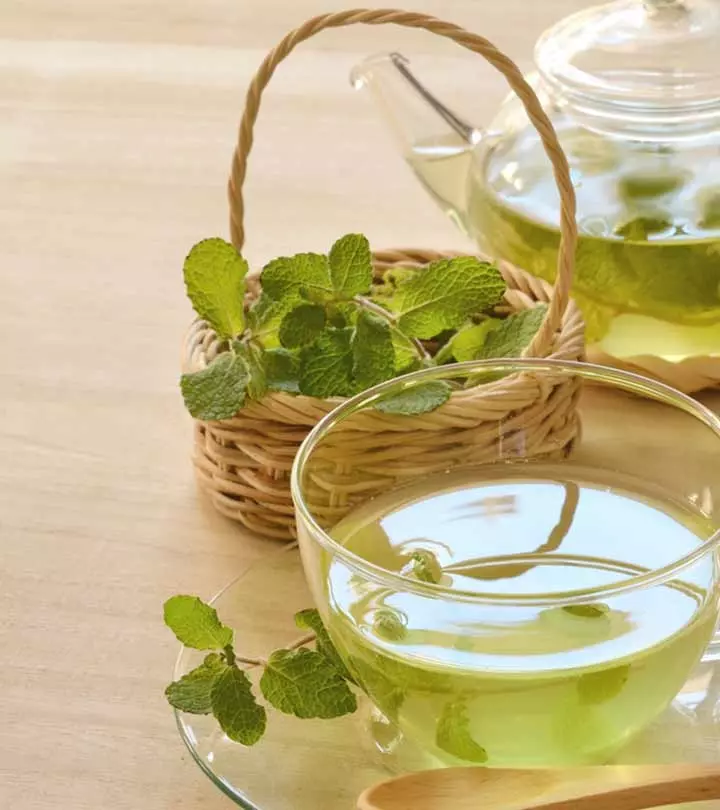
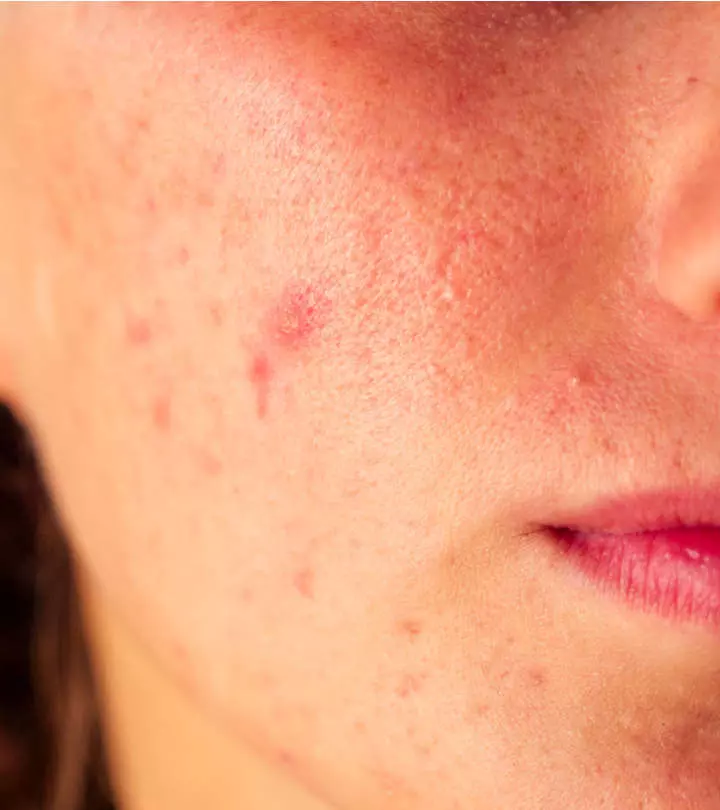
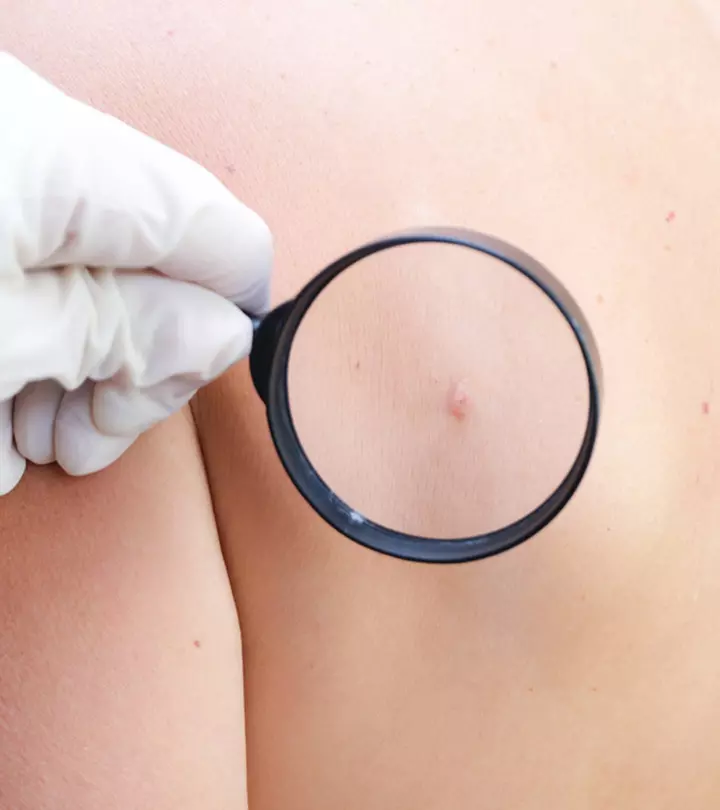
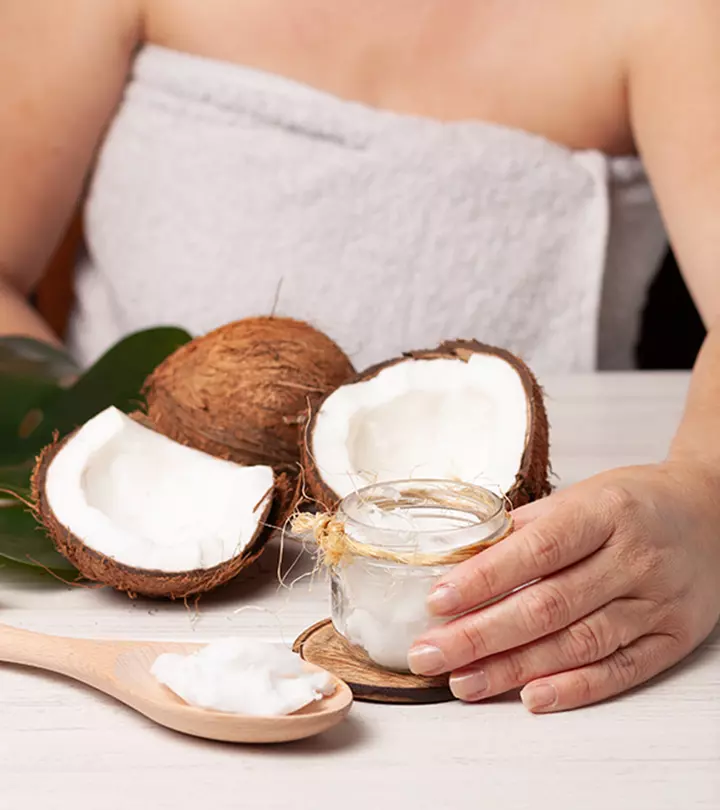
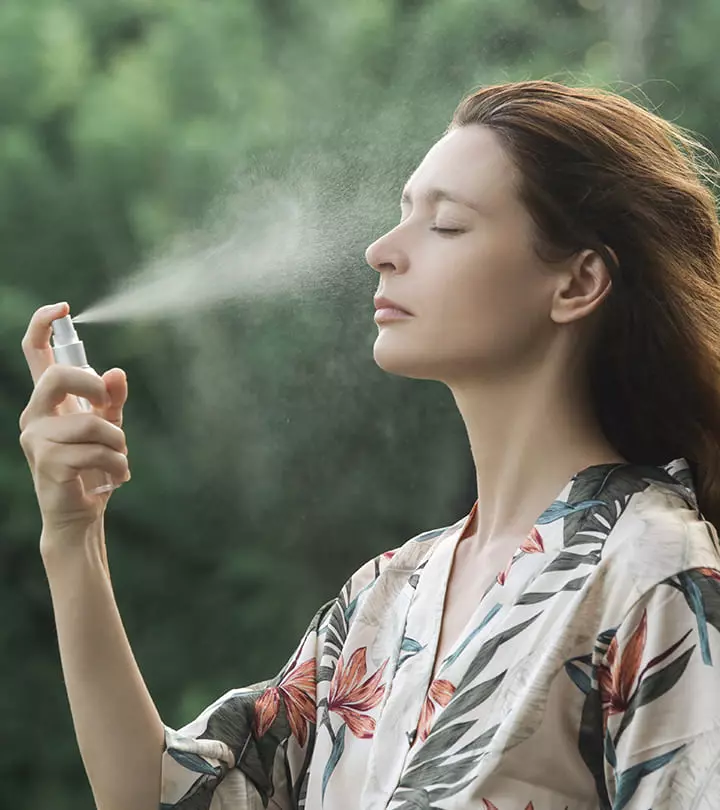

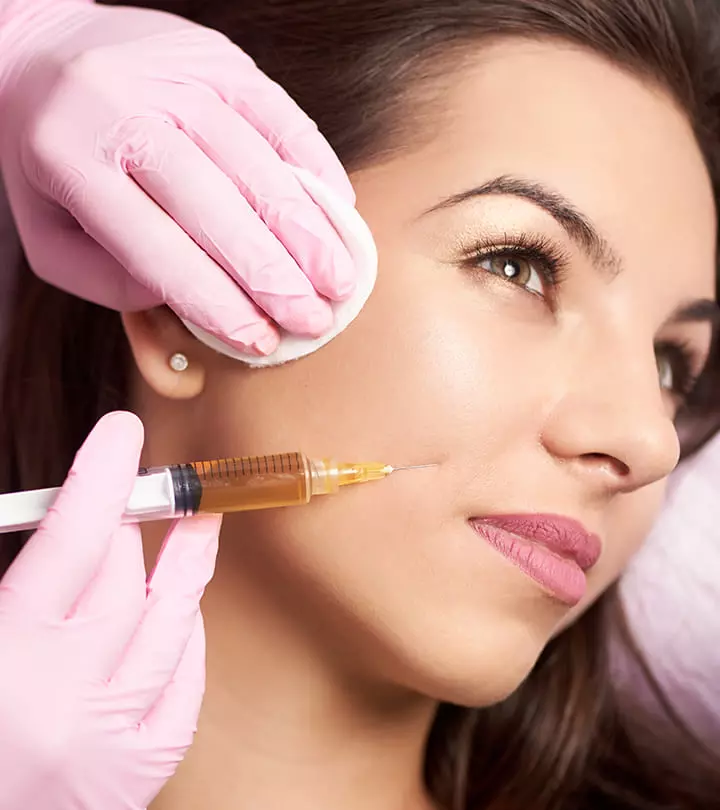

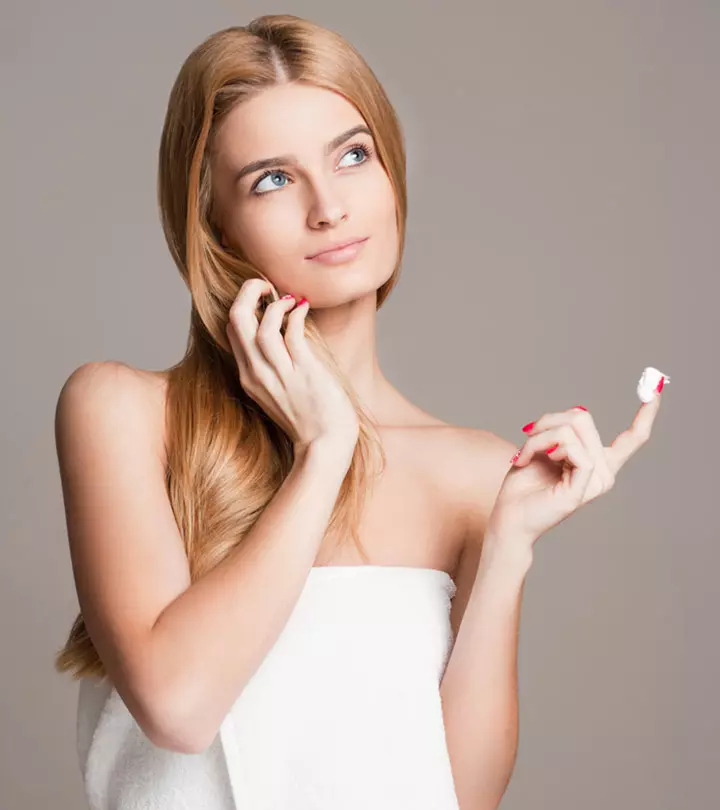


Community Experiences
Join the conversation and become a part of our empowering community! Share your stories, experiences, and insights to connect with other beauty, lifestyle, and health enthusiasts.